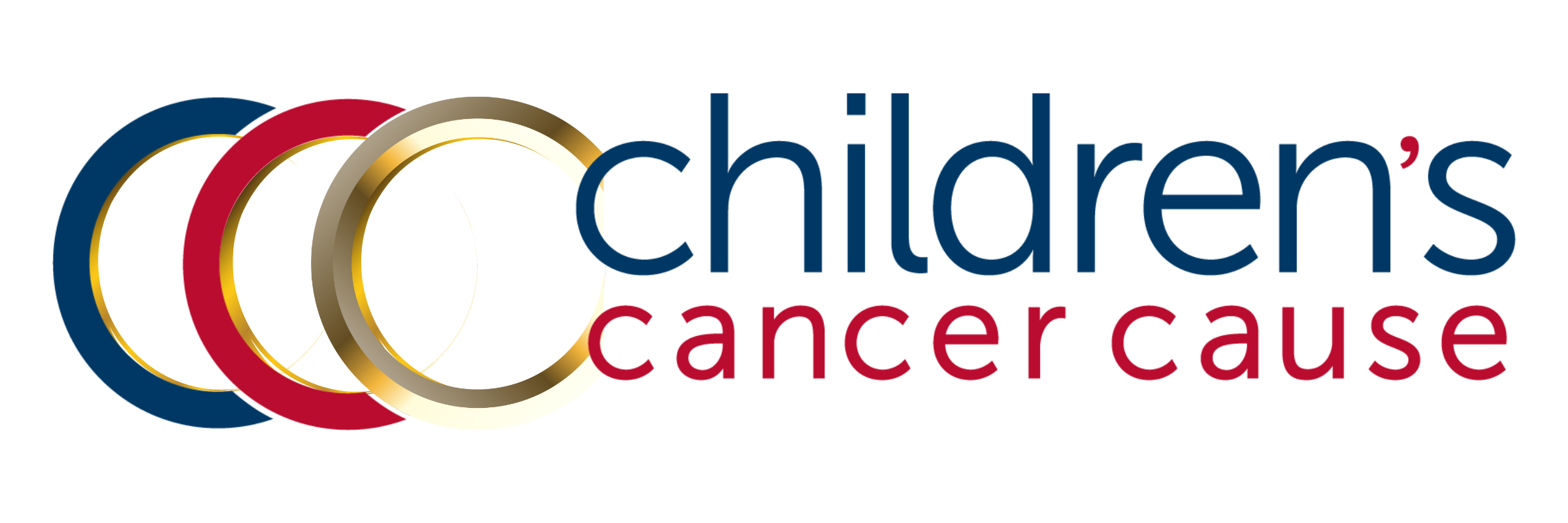May : Brain Tumor Awareness & Melanoma Awareness
May is Brain Tumor Awareness Month and also Melanoma Awareness Month. To support awareness around these cancers, we bring you a few key points and resources:
BRAIN TUMOR AWARENESS MONTH:
Brain tumors are the second most common type of childhood cancer (after leukemia) and the leading cause of cancer deaths among children and adolescents. Today, 3 out of every 10 childhood cancer deaths are caused by brain cancer.
Despite significant research progress over the last several decades, survival rates for certain brain cancers remain perilously low. Every year, 200-400 children in the U.S. will be diagnosed with diffuse intrinsic pontine glioma (DIPG) - a brain cancer with a 0% survival rate. Most of these kids will live less than a year after a diagnosis of DIPG. Nothing has changed for DIPG in the last 40 years in standard treatment nor in its terminal prognosis.
Arielle was diagnosed with an aggressive brain tumor at just 8 days old. Today, she’s an energetic grade schooler. Read her story.
The signs and symptoms of childhood brain and spinal cord tumors are not the same in every child but can include:
Morning headache or headache that goes away after vomiting.
Frequent nausea and vomiting.
Vision, hearing, and speech problems.
Loss of balance and trouble walking.
Unusual sleepiness or change in activity level.
Unusual changes in personality or behavior.
Seizures.
Increase in the head size (in infants).
Resources for more information on childhood brain tumors:
MELANOMA/SKIN CANCER DETECTION AND PREVENTION MONTH:
According to the National Cancer Institute, about 500 children are diagnosed with pediatric melanoma each year. This accounts for about 2% of childhood cancers.
More Info on Childhood Melanoma from MD Anderson →
Because exposure to UV light is the most preventable risk factor for all skin cancers, the American Academy of Dermatology encourages everyone to protect their skin from the sun’s harmful UV rays by seeking shade, wearing protective clothing, and using a sunscreen with a Sun Protection Factor of 30 or higher.
Melanoma symptoms vary from child to child. It’s a good idea to examine carefully any moles or other spots on your child’s skin.
When examining your child's moles, remember ABCDEF:
Asymmetry: Is one side of the mole different than the other?
Border irregularity: Are the edges ragged or irregular?
Color variation: Is the mole getting darker? Is part of it changing color or does it contain several colors?
Diameter: Is the mole bigger than ¼ inch?
Evolution: Is the mole growing in width or height?
Feeling: Has the sensation around a mole or spot changed?
Pediatric melanoma is rare. If your child has any of the above symptoms, they likely are caused by a less serious problem. However, be sure to tell your doctor if you see any abnormal bump, mole or spot on your child’s skin.
MELANOMA RISK FOR CHILDHOOD CANCER SURVIVORS:
A recent study noted that childhood cancer survivors who had lived five or more years from their primary malignancy are at an increased risk of developing skin cancer compared with the general population.
The most common skin malignancies identified in the study group included basal cell carcinoma, melanoma, and squamous cell carcinoma. Of note, approximately 40% of the study group received radiation as part of their initial treatment.
The best line of defense for everyone, especially childhood cancer survivors: wear sunscreen and limit sun exposure.
Examine carefully any moles or other spots on your child's skin. Pay particular attention to the area that received radiation if you are a childhood cancer survivor. Be sure to tell your doctor if you find any abnormal bump, mole or spot.
